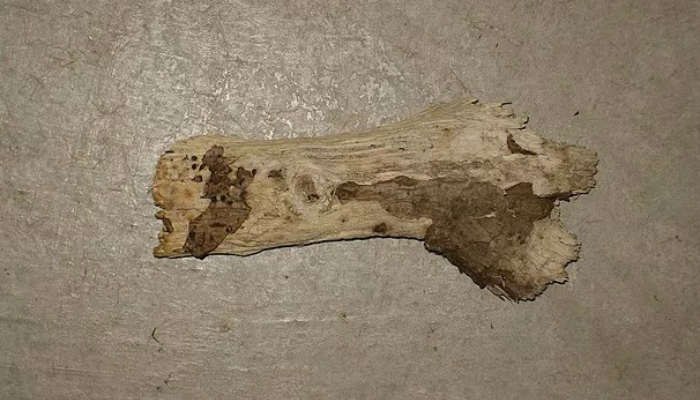We Just Got Punked

With the burn crew looking on, we light our test fire and watch the fire’s behavior. I can sense the nervous anticipation in the crews’ demeanor as the fire’s flame grows in size. Very soon, we either trust our planning and preparation and go ahead with the burn, or quickly extinguish the fire while it’s still manageable. We go with the former option, sealing our fate to a dance with fire for the next few hours.
All looks good, and as per plan, the line of fire is now stretched a great distance across the grassy landscape, bounded at each end by a busy line crew tending the fire. My eyes catch a pattern in the smoke that makes me worry. I look harder, struggling to validate my concern through the gray-white haze of smoke. There it is – a small, dense column of smoke contrasting with the haze-filled horizon. I quickly press the radio’s push-to-talk button. “This is David, small spot fire near ignition point on south slope. I’m responding. Stand by.”
As I bound across the prairie, splashes of water escape my backpack pump and saturate my clothing each time foot and earth meet. I begin to doubt our burn plan. Our burn unit is an island prairie in a sea of pastoral grasses. Because prairie grasses burn very easily, we started the burn in the morning with cooler temperatures and higher relative humidity to avoid any firebrands from causing spot fires in the surrounding non-native grasses. In addition, we mowed a 30-foot swath in the tall prairie grasses around the entire prairie perimeter to reduce the amount of firebrands immediately adjacent to the burn breaks. Firebrands – hot embers that rise with the fire’s heat and can be carried off laterally by the wind – always need to be managed, and many will fall outside the burn unit boundaries. The key is to ensure they are cool and below the ignition point of surrounding fuel before making contact with it.
As I quickly close the distance to the spot fire, I can see the column of smoke has not grown, and I can’t see any flame. A very good sign, I think. I’m at the spot fire location now, standing over the source of the column of smoke. Lying in the grass is a firewood-sized piece of rotten wood with smoke emitting from an area the size of a baseball. A whole hillside of grass and a firebrand finds the one piece of rotten wood fallen from a lone tree, I think. “You’re a ticking time bomb,” I say to the chunk of wood, as I douse it with water. In a couple of hours, when the humidity drops and the temperature rises, you could set this whole hillside on fire!” I pick up the log and heave it into the black (burned out area), key the radio and say: “We just got punked; spot fire contained.”
I have a mixed history with punky, or rotten, wood. Many cold and wet backcountry trips have been salvaged with the easy fire-starting qualities of punky wood. However, it has been my greatest nemesis in the realm of prescribed fire. It just takes one hot firebrand to make contact with punky wood, and given enough time, could potentially ignite other fuels around it.
But just how much lower is the ignition point of punky wood compared to other natural fuels? How much cooler do firebrand temperatures need to be to prevent igniting punky wood? Curious, I do a little searching and find the paper “Ignition Time versus Temperature for Select Forest Fuels,” (November 1974), San Dimas Equipment Development Center, by Guido C. Kaminski. While this study was commissioned to determine the optimum chainsaw screen-type spark arrester, I found some of the data relevant to my interest. Of the four materials tested (tree moss, cheat grass, saw dust and punky wood), punky wood was the most sensitive when contacted by a hot chainsaw muffler. Punky wood glowed at 518 degrees Fahrenheit, while cheat grass (the invasive grass species responsible for turning western U.S. wild fires into raging infernos) glowed, only briefly, at 626 degrees (or higher) before going out.
When exposed to an open flame, the difference was less dramatic, with punky wood igniting at 500 degrees, and cheat grass igniting at 518 degrees. Also noted, punky wood persisted as a steady glow with smoke for more than 5 minutes whereas cheat grass was consumed instantly.
Of course, hot chainsaw mufflers are not firebrands, and there are multiple factors affecting fuel ignition, but the 108-degree contact ignition temperature difference between punky wood and cheat grass presented in this study is very interesting, and I believe shows a strong relative correlation to what we repeatedly see in the field.
Rarely do we perform prescribed burns where there are not any trees present. It just takes one small tree with an inconspicuous punky branch to cause trouble. So don’t get punked. Keep your firebrands cool and watch out for punky wood – it’s everywhere!
Originally published in Ecological Returns.


